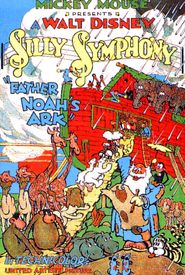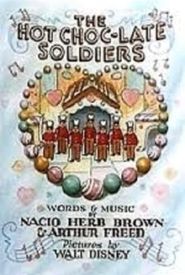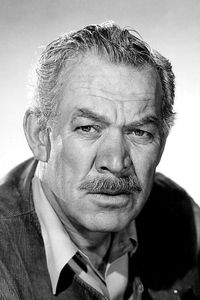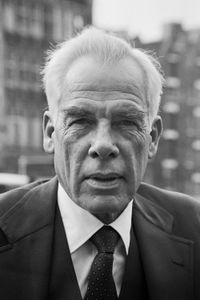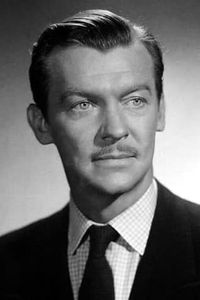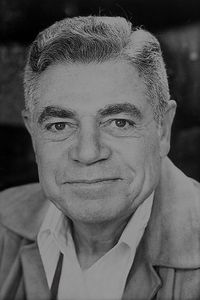A renowned Japanese-born American animator, who made a lasting impact on the world of animation through his collaborations with the legendary Walt Disney and the iconic Terrytoons studio, spanning across multiple decades from the 1930s to the 1960s, brought his unique creative vision to the world on August 12, 1901, in the vibrant city of Tokyo.
The individual's family relocated to the United States in the year 1910, marking a pivotal moment in his life. This significant move would ultimately pave the way for his future academic pursuits, as he went on to graduate from Los Angeles Polytechnic High School in the year 1921.
Following his graduation from high school, he embarked on a journey of artistic exploration by enrolling in the esteemed Otis Art Institute in Los Angeles, a prestigious institution that would serve as a catalyst for his creative growth, from 1928 onwards.
Kuwahara's professional journey began in 1929, when he made the bold decision to relocate to the bustling metropolis of New York City, seeking to hone his skills as a commercial artist. However, his aspirations were suddenly disrupted by the unforeseen stock market crash, which had a profound impact on the global economy and left many individuals, including Kuwahara, struggling to make ends meet.
Kuwahara's professional journey commenced in the year 1932, marking the beginning of his tenure as an accomplished animator and writer for the renowned Walt Disney organization. During his time at Disney, Kuwahara made significant contributions to various short films, including the imaginative and fantastical 'Thru the Mirror' and the critically acclaimed 'Who Killed Cock Robin?', which earned an Academy Award nomination. Moreover, Kuwahara was involved in the production of the groundbreaking feature-length film 'Snow White and the Seven Dwarfs', a landmark achievement in the world of animation.
In the year 1937, a significant event occurred in the life of Kuwahara, as he embarked on a professional journey by joining the renowned film studio, Metro-Goldwyn-Mayer, commonly referred to as MGM. However, his career was soon disrupted by the tumultuous events of World War II, which led to his unfortunate internment in the Heart Mountain camp for a period of three years.
In the year 1945, a pivotal moment in Kuwahara's life unfolded as he, along with his family, made a significant relocation to the charming town of Larchmont, situated in the state of New York. This marked the beginning of a new chapter in his life, as he would go on to devote his creative energies to crafting a comic strip, which he titled Miki. For a period of five consecutive years, Kuwahara poured his heart and soul into this artistic endeavor, meticulously writing and drawing each installment with precision and dedication.
However, despite his unwavering passion and commitment, the comic strip unfortunately failed to garner the desired level of circulation, ultimately leading to its discontinuation. This setback, though undoubtedly disappointing, served as a valuable learning experience for Kuwahara, laying the groundwork for future creative pursuits and entrepreneurial endeavors.
Kuwahara's illustrious career in animation underwent a significant resurgence in 1950, as he made the decision to rejoin the world of animation, subsequently affiliating himself with the renowned Paul Terry's Terrytoons studio. This partnership proved to be a long-lasting and fruitful one, as Kuwahara remained a stalwart member of the Terrytoons team even after CBS acquired the studio in 1955, marking a pivotal moment in his professional trajectory.
Kuwahara's creative endeavors commenced in 1959, marking the beginning of a prolific period in his career, during which he penned and helmed the inaugural installment of a remarkable series of 14 Hashimoto-san theatrical shorts, a body of work that would ultimately solidify his enduring legacy.
The creation of these concise films persisted uninterrupted until the year 1963, at which point they were seamlessly merged into the CBS television program, "The Hector Heathcote Show", marking a significant milestone in the evolution of the series.
Throughout the same time frame, Kuwahara held the esteemed position of director for the remarkably popular and enduring animated television series, Deputy Dawg, which had garnered a significant following and remained a beloved favorite among audiences.
Kuwahara's concluding television series, a syndicated production, was the 1965 program titled "The Astronut Show", marking the culmination of his television endeavors.



